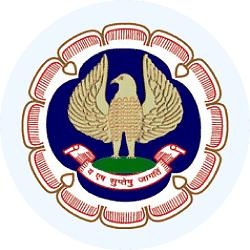|
Central tendency refers to the tendency of a given set of observations to cluster around ___ and ___ values. |
Card: 1 / 26 |
|
What is the primary purpose of computing measures of central tendency in data analysis? |
Card: 3 / 26 |
|
The Arithmetic Mean (AM) is calculated by ___ the sum of all observations and dividing it by the total number of observations. |
Card: 5 / 26 |
|
What is the relationship between the Arithmetic Mean, Geometric Mean, and Harmonic Mean for any set of positive observations? |
Card: 11 / 26 |
|
Fill in the blank: To find Quartiles in a dataset, we divide the observations into ___ equal parts. |
Card: 13 / 26 |
 Unlock all Flashcards with EduRev Infinity Plan Starting from @ ₹99 only
|
|
In a frequency distribution, how is the combined Arithmetic Mean computed when two groups are involved? |
Card: 15 / 26 |
|
By using the formula AM_combined = (n₁AM₁ + n₂AM₂) / (n₁ + n₂), where n is the number of observations. |
Card: 16 / 26 |
|
What is the formula for the Geometric Mean (GM) for a set of n positive observations? |
Card: 17 / 26 |
|
The first quartile (Q₁) represents the value below which ___ percent of the data falls. |
Card: 19 / 26 |
|
What is the main disadvantage of using the Mode as a measure of central tendency? |
Card: 23 / 26 |
|
Fill in the blanks: The ___ Mean is appropriate for calculating average rates, while the ___ Mean is best for data with rates and ratios. |
Card: 25 / 26 |

























